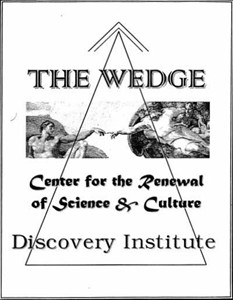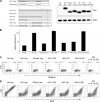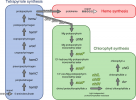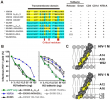Maybe you should ask Ken Miller, why he did stop to reply to me at his Facebook timeline, when i challenged him not only on the Flagellum, but also on the locomotion mechanism of the Mycoplasma mobile....
I am not sure why that is relevant.
Ken Miller's credentials and publishing history speak for his knowledge, whereas all you've got is an internet obsession of tossing around mendacious quote-mines and blathering nonsense. Whether he replies to you on FB or not has fuck all bearing on anything, certainly not his credibility, and certainly not the fact of evolution.
But I can perhaps toss out a couple of suggestions as to why he might not be bothered to engage you: maybe he got sick of you lying? Maybe he can't be arsed with someone who keeps quote-mining? Maybe he's too busy to teach basic cellular biology to someone fundamentally hostile to the entire scientific process? Maybe he thought you were a dick.
I can come up with more plausible explanations if you like?






